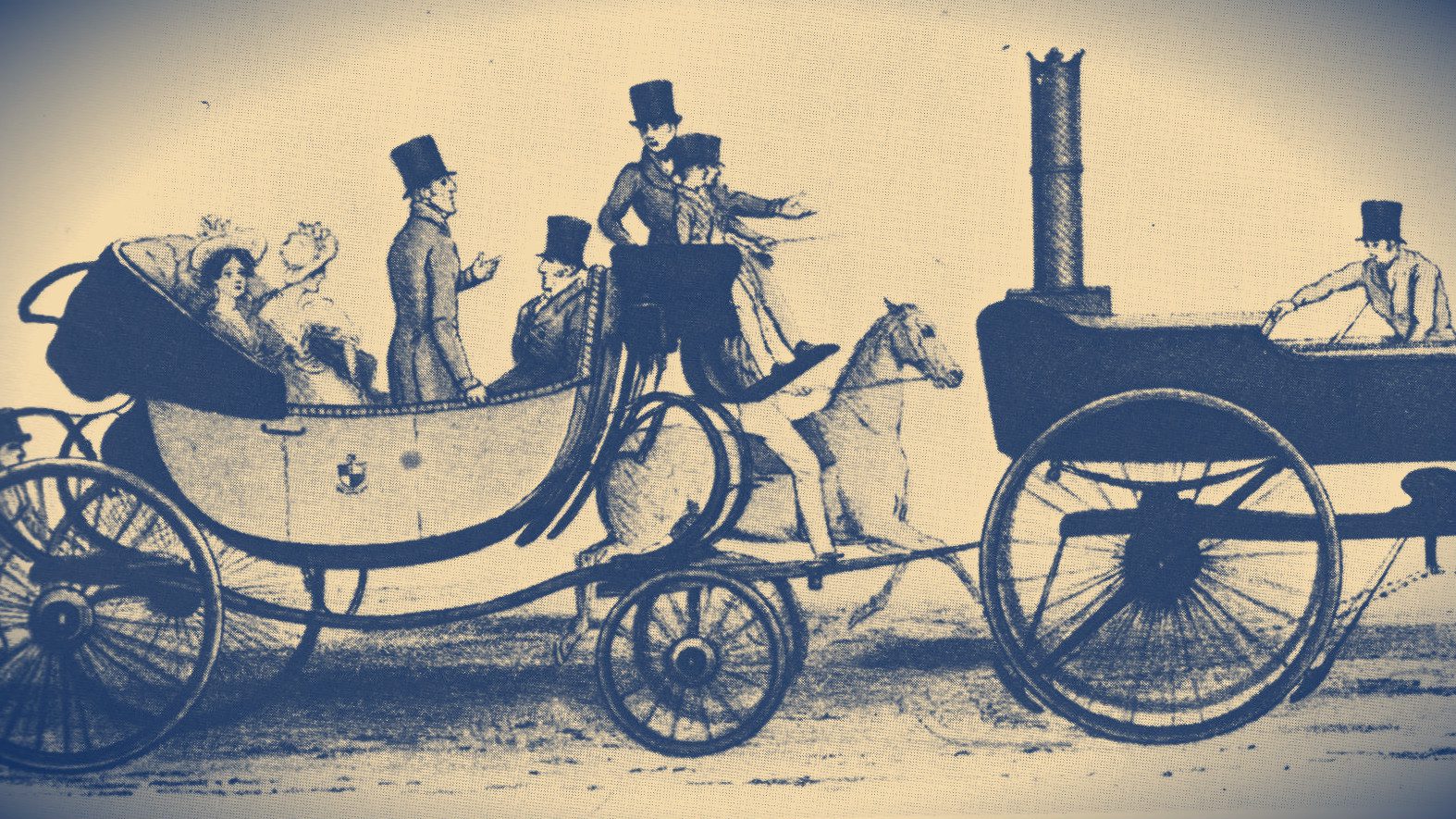The time has come to forget the current paradigm of change management. In an increasingly VUCA world, large strategic plans become obsolete before they are implemented. There is a mismatch between the pace of external change and the speed of adaptation of companies and organizations. Nokia, Kodak and Blockbuster are good reminders.
And this happens because they still live the paradigm of Change Management. In his book “The Science of Successful Organizational Change”, Paul Gibbons suggests a new paradigm that we at Target Teal already see emerge and are actively promoting. Now we can borrow the name he proposed. Change-Agility. Comparing the current paradigm of Change Management with this paradigm we have:
| Change Management | Change Agility |
|---|---|
| Leaders guide change initiatives. | Leaders create organizations with Agility for Change, a context where change occurs with great fluency. |
| There is a limited or overloaded capacity for change. Business is not ready for big changes. | There is ample capacity for change and a constant state of readiness for change. |
| Changes happen in sporadic episodes. | Everything changes, always. |
| Collaborators are resistant to change. The prevalent mental model follows the stages of mourning: denial, anger, negotiation, depression, and acceptance. | Collaborators have the attitude: “Change is the reason why I love working here …” |
| Specialists “Change Managers” are assigned to projects. | Managing change is very important to be left in the hands of experts. |
| Project planning is more static and less adaptive. Implementations happen like big-bangs. | Business plans include iterations, experiments, pilots, and prototypes. |
| Business changes are top-down, planned and run by a small group. | Some changes in the business are driven by grassroots movements, hackers and bottom-up innovation. |
A distributed change management
In the new paradigm the capacity to promote change is spread out in the organization. Situations where experts and consultants are called on to make magic and change the minds of people who are resisting the “Great Plan of Digital Transformation of the Organization” ceases to make sense.
Individuals scattered throughout the organization have the capacity and autonomy to promote change and remove barriers. If you are interested in promoting an organization that has agility for change, consider adopting a method such as Cultural Design or promoting self-organization with the O2 method.
If you need any help, let’s talk.






Leave A Comment